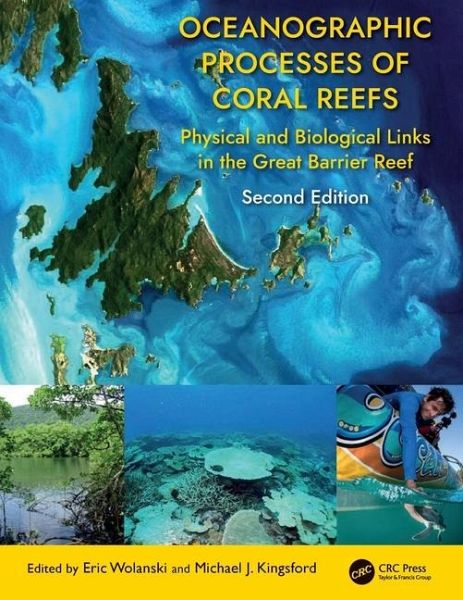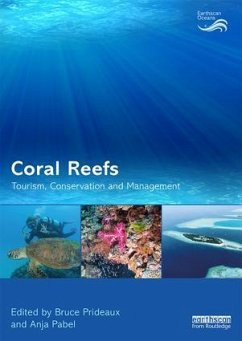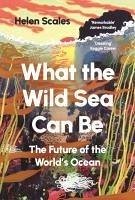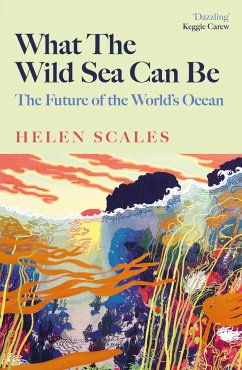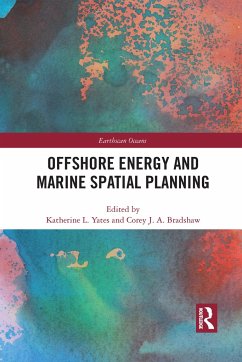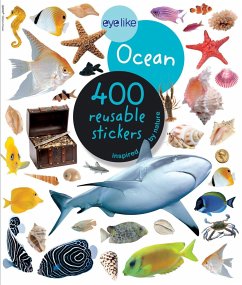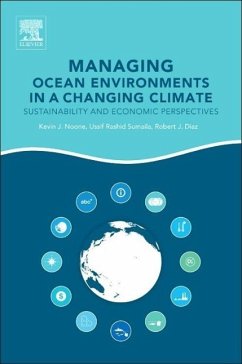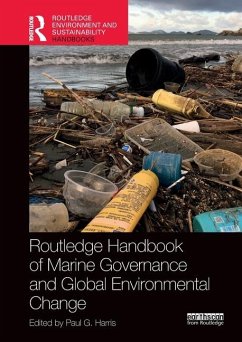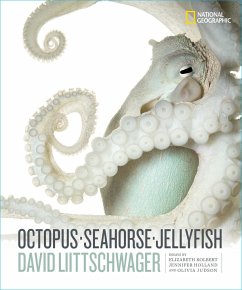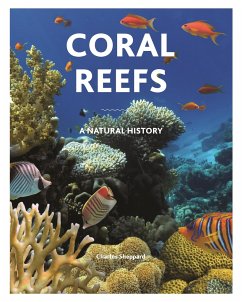Adjunct Professor Eric Wolanski is an estuarine oceanographer and ecohydrologist at James Cook University. His research interests range from the oceanography of coral reefs, mangroves, and muddy estuaries to the interaction between physical and biological processes determining ecosystem health in tropical waters. He has published 430 book chapters, scientific papers and reports. He has a Google Scholar h-index of 87 and 25,000 citations. Eric is a Fellow of the Australian Academy of Technological Sciences and Engineering, the Institution of Engineers Australia (ret.), and l'Académie Royale des Sciences d'Outre-Mer (Belgium). He was awarded an Australian Centenary medal, 2 Doctorate Honoris Causa (by the catholic University of Louvain and the University of Hull), a Queensland Information Technology and Telecommunications Award for Excellence, and a Lifetime Achievement Award by the Estuarine & Coastal Sciences Association. Eric is an Editor-in-Chief of Wetland Ecology and Management, and of the Elsevier book series Ecohydrology from catchment to coast, an Honorary Editor of Estuarine, Coastal and Shelf Science, and a member of the editorial board of 4 other journals. Michael J. Kingsford is a Distinguished Professor in the Marine Biology and Aquaculture group of the College of Science and Engineering at James Cook University (JCU), Australia. Over a 14 year period he has held positions as Head of the School of Marine Biology and Tropical Biology and Dean of the College of Marine and Environmental Sciences. Furthermore, he has been President of the Australian Coral Reef Society, Director of One Tree Island Research Station, member of the Great Barrier Reef Research Foundation and the Museum of Tropical Queensland advisory committees. His awards include, the K. Radway Allen Award Awarded for an outstanding contribution in fish or fisheries science by the Australian Society for Fish Biology (2017) and, the AMSA Jubilee Award (2021) for excellence in marine research and an outstanding contribution to marine research in Australia. He has published extensively on the ecology of reef fishes, biological oceanography, climate change and jellyfishes. In total, he has two hundred and twenty publications including four major books, forty two chapters in books, 165 refereed publications and nine refereed proceedings (h-index Google Scholar = 58). He has been a Chief Investigator with the ARC Centre of Excellence for Innovative Coral Reef Studies. A major focus of his research has been on reef fish ecology and demography, connectivity of reef fish populations, the ecology and behavior of larval fishes, the utility of Marine Protected Areas, environmental records in corals and fishes. He has forty years of research experience of studying fishes, jellyfishes and oceanography in temperate and tropical regions of Australia and other parts of the world.
